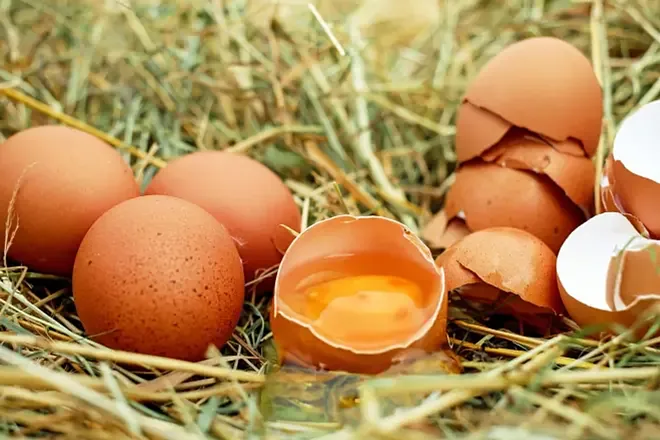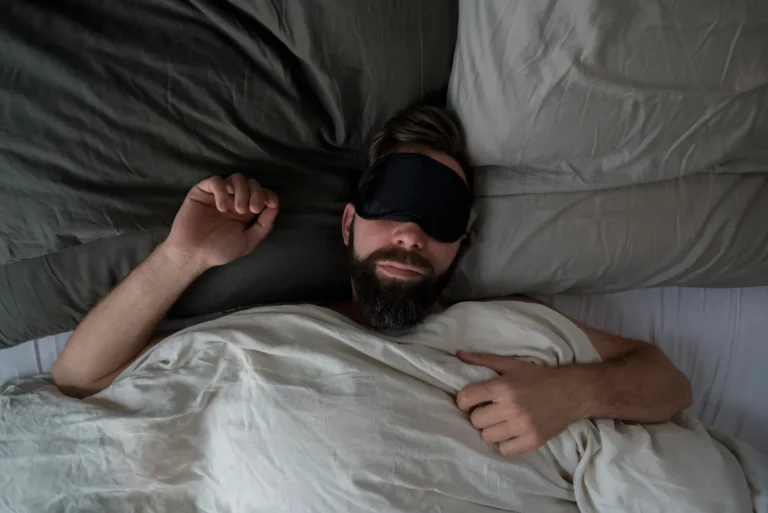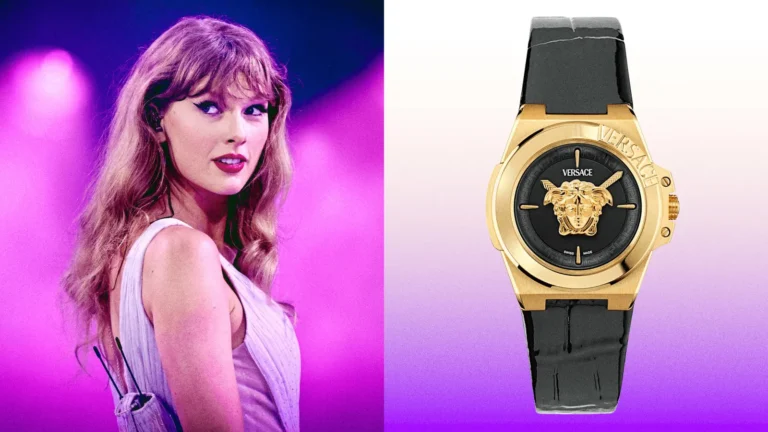Store wine in the refrigerator right away: that’s your shortcut to smarter sipping and longer-lasting flavor. Let’s untangle the myths, untwist the corks, and embrace the right way to refrigerate—opened or not.

Why “Store Wine in the Refrigerator” Should Matter to You
Putting your precious vino in the fridge isn’t just a whim—it’s science in action. Cold slows many of the sneaky chemical reactions that age wine prematurely. It’s the difference between sipping something vibrant…or something “meh.” But don’t let the tech talk fool you: a kitchen fridge isn’t a time machine. Use it wisely, and let’s unpack the how, when, and why.
Unopened Wine Bottles: Chill for the Moment, Not Forever
Quick Chill vs. Long-Term Storage
- Short-term chilling (a few hours to a few days) works just fine for white, rosé, and sparkling wines.
- Long-term fridge storage? A no-go. That’s because standard refrigerators run too cold (around 38°F or 3°C) and dry—which risks cork shrinkage, flavor dulling, and even unwanted odor infiltration.
Better Long-Term Options
Ideal long-term storage conditions hover around 55°F (13°C) with stable humidity and low light. Think: dark closets, basements, or wine fridges—not your veggie crisper.
Opened Bottles: Always Refrigerate, Smartly
Once the cork pops, the wine’s clock starts ticking. Your fridge is your best ally to slow that oxide-fueled flavor decay.
How Refrigeration Helps
- Slows oxidation, preserving that fruity glow for days longer—typically up to 5 days for red or white.
- Store upright: minimizes air contact and keeps freshness alive.
Extended Life with Gadgets
You can stretch opened wine’s lifespan with:
- A vacuum pump, which pulls air from the bottle.
- Inert gas systems (e.g., argon) like Coravin or Private Preserve.
- Smaller bottles for less air exposure when decanting leftovers.
These can add days—or even weeks—to your wine’s allure.
How Long Does Opened Wine Last in the Fridge?
| Wine Type | Refrigerated Shelf Life |
|---|---|
| White / Rosé | 3–5 days |
| Red | 3–6 days |
| Sparkling | 1–2 days |
Some fortified wines (like Port or Sherry) can stretch for several weeks when refrigerated.
What Happens If You Don’t Refrigerate Open Wine?
Without the fridge’s chill:
- Oxygen busies itself turning your drink into vinegar. Bad news, flavor-wise.
- Cold slows the oxidation; ignoring it lets your wine age on fast-forward.
Signs a Wine Has Gone Off
Watch for these clues:
- Color: Red may brown; white may yellow.
- Smell: Sour, musty, or vinegary aroma instead of your wine’s usual flourish.
- Taste: Flat, sharp, or faintly like vinegar.
If it hits that zone, it’s not screech-your-teeth unpleasant, but it’s not worth sipping.
Smart Storage, Whole Bottle
Long-Term Storage Essentials
For unopened wine destined for aging, aim for:
- Temperature: Steady 45–65°F (7–18°C), with ~55°F as the sweet spot.
- Humidity: Around 60–80% to keep corks comfy.
- Dark, vibration-free environment to protect taste and corks.
- Store cork-sealed bottles horizontally so the wine moistens the cork, sealing it tight.
Common Storage Mishaps to Dodge
- Long-term storage in regular fridge
- Wine next to heat sources (e.g., above the kitchen fridge).
- Fluctuating temperatures; they coax the cork to breathe air.
- Bottles in direct sunlight or under harsh light.
- Loud areas with vibration (think: laundry room or TV setup).
In a Raspberry-Sprinkled Nutshell
- Store wine in the refrigerator immediately after opening—but not for long-term storage.
- Unopened bottles? Chill them only before drinking.
- Opened bottles refrigerated upright yield better taste over the next few days.
- For aging wine, seek a dark, cool, steady environment, not a regular fridge.
The phrase store wine in the refrigerator isn’t just SEO spice—it’s your secret to enjoying wine longer, without turning it into vinegar. Cool slows chemistry, but the right home setting keeps your vino vibrant, nuanced, and ready to delight.
If you’d like, I can also help craft a vibrant FAQ section or draft visuals—because wine deserves clarity as rich as its flavor.






